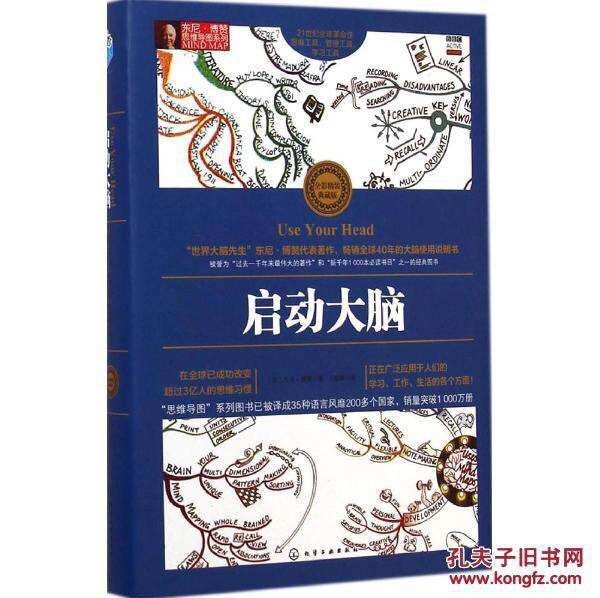这两周阅读《启动大脑》、《认知天性》这两本关于如何科学利用大脑进行有效学习的书籍,总结出高效学习必须经历以下几个关键步骤。
第一,编码。当大脑感知到外界的东西是,大脑会将其转化为化学与生物电形式的变化,这些变化形成了一种心理表征,这个过程就叫做编码。通过编码,你的大脑对感知到事物有了初步的认识。但这样获取的信息属于短期记忆。
第二,科学的练习。要将有用的知识转化为长期记忆,必须经过科学的刻意练习,包括间隔练习、穿插 性内容的练习、多样化练习。间隔练习就是让你在这段时间里出现一些遗忘,让你付出更多的努力来回忆学过的知识,这样会记忆得更加牢固。穿插练习是指一些不同的知识点一起穿插地学习。多样化练习能够促进知识的活学活用,多样化且难度更高的练习,需要耗费更多的脑力,因此通过这种方式学到的东西会被大脑变成更灵活的表征,适用范围更广。
第三,根据遗忘曲线在恰当的时间进行知识的检索。检索其实是一种测试,通过在大脑中检索回忆学习过的知识,尽量让知识在大脑中重现,实际上也是一种检索式的复习。根据遗忘曲线,合理的复习时间是学习结束后、1天后、1周后、1个月后以及三至六个月后,称为5遍复习法。为了加深记忆,还可以尽量使用联想和想象,在脑海中形成画面,让记忆更深刻。
第四,反思。学习后的总结反思是特别重要的一步。例如在完成一节课后,可以问自己课程的核心思想是什么?哪些是相关的例子,如何把这些内容和自己联系起来,在练习过新知识新技能后,可以问自己,哪些是做得好的,哪些还可以做得更好。这样知识才能更好地巩固在自己的脑子里。
第五,建立心智模型。总结出能够应对某一类问题的一个解决方案或模型,称为心智模型,这个模型可以随时被调用。学习的最终目的是建立能应对各类问题随时可调用的心智模型,这样无论遇到什么问题,我们都可以镇定自若,从容应对了。
第六,构建自己的知识体系。当建立的心智模型越来越多,它们之间又可能是互相关联,互相连接的,越来越多的模型将逐渐连接成为一个网络,形成一个体系,这便是构建起一个知识体系。
For the past two weeks I have read two books, USE YOUR HEAD and MAKE IT STICK, both of which are books telling how to use your head scientifically to improve your learning efficiency. After reading, the following steps for efficient learning are summarized from the books.
First step is coding. Your brain would transfer the information you get into biological or chemical electricity, and then the mental representation would be formed in your mind. This process is called coding. But this representation in mind is only short-term memory.
Second step is practising scientifically. To transfer the useful knowledge to long-term memory, we need to do the following practice intentionally, including interval, mixed and diversified practice. Interval practice means you do the practice intermittently so that you have to take more efforts to recall it. After this process, the knowledge will be stored in your brain for longer time. Mixed practice refers to learning varieties of knowledge at the same time, and it's more effective than learning individually. And diversified practice which consumes more energy will underpin your ability of applying the knowledge in a larger scale. Then you will master the knowledge better.
The third step is to do the retrieval at the right time. Retrieval of the knowledge is like a test, the knowledge will be consolidated after the retrieval and it's also actually a kind of review. According to the forgetting curve, the suggested points of time of reviewing is right after you finish learning, one day afterwards, one week afterwards, one month afterwards and 3 to 6 months afterwards. This is called five times' reviewing. It is also highly recommended that we use imagination and association to make the knowledge stick to our mind.
The fourth is reflection, which is a very important step after learning. For example, after you finish a lesson, think about the key points of the lesson and relevant examples. How can you relate yourself to the knowledge you have learned? And after you have practised the new knowledge or skills, ask yourself what have you done well and what are the parts that you haven't done well in ? After reflection the knowledge will be consolidated in your brain.
The fifth step is to establish mental models. Mental models are the models that we summarize after learning and which can be used to solve certain kinds of problems. If we can use these models freely, then the ultimate aim of learning will be achieved.
The last is to set up our own knowledge system. When more and more mental models have established, and because some of them are related or connected to each other, a system can be formed gradually. That 's how our knowledge system is established.

